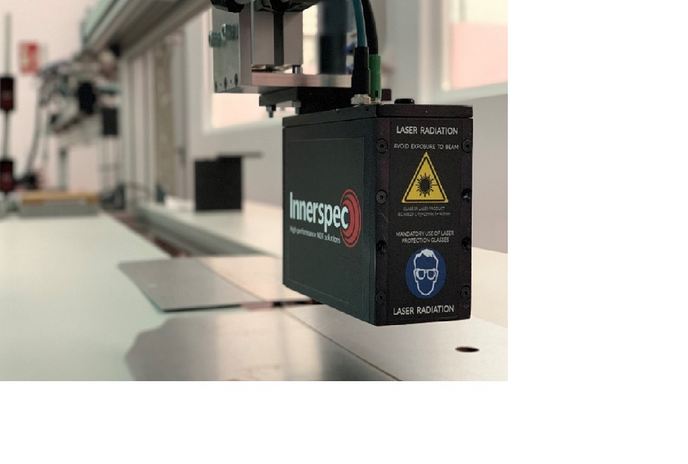Monitoring particles in the Earth’s atmosphere
Aerosols are gases containing very small particles of liquids or solids suspended in them. They are found in hair care products, shaving creams, spray paints and a virtually limitless list of other products found in most households and in many industrial settings. The atmosphere also contains aerosols. It has numerous particles of liquid and solid suspended in it. Some are natural, some man-made, and some hazardous and toxic. Atmospheric aerosol content is important to the Earth’s climate. Particles in the atmosphere scatter sunlight back into space. They can also affect cloud formation and the amount of sunlight that clouds reflect or absorb. Chemicals in the aerosols contribute to acid rain and destruction of the ozone layer. Detailed and easily accessible knowledge of aerosol distribution, particularly vertical distribution, for accurate prediction of the role of aerosols in global and regional climate changes is currently lacking. In 2000 and with EU funding of a Fifth Framework Programme (FP5), scientists established Earlinet, the European Aerosol Research Lidar Network to provide comprehensive data on aerosol distribution from remote laser (Lidar) sensing. Following, European scientists set out to improve observational and methodological components of Earlinet with EU funding of the ‘European aerosol research Lidar network: advanced sustainable observation system’ (Earlinet-ASOS) project. They are extending capabilities to provide highly accurate information on spatiotemporal atmospheric aerosol distributions as well as enhanced quality control and speed of data availability. Scientists successfully established a central database for data from all stations in the Earlinet-ASOS network. Of particular importance is the adoption by all stations of a common calculus system (Service Centred Calculus, SCC) to analyse data from different instruments with different parameters, ensuring a homogeneous final central database. Enhancements will provide aerosol input to the Global Earth Observation System of Systems (GEOSS). GEOSS is a complex system of decision-support tools linking existing and planned Earth observation systems addressing nine areas of critical importance to people and society. The Earlinet database will also be an important component of the European 'Aerosol, clouds and trace gases research infrastructure network' (Actris), another project under the Seventh Framework Programme (FP7).







